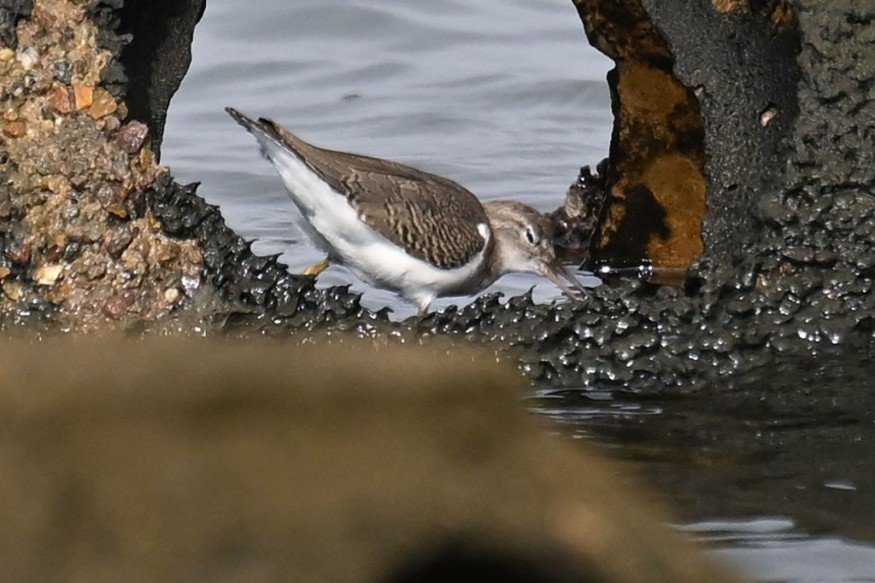The US bird population is declining and is facing risk of endangerment or extinction in the coming years, according to a new report identified that over 50% of US bird species are on the edge of being wiped out of this planet due to a number of natural and anthropogenic factors.
While scientists call for protective measures, there is a demand for a long-lasting ecological approach is needed.
The report from various institutions finds that 70 US bird species like Allen's hummingbird, black-footed albatross, and greater sage grouse have lost at least half of their numbers in the past five decades and are set to lose their remaining population in the next 50 years.
The new assessment came several months after another report revealed that the global bird population has steadily declined.
In recent years, various studies and other research show that climate change, loss of habitat, and human activities like deforestation and wildlife trafficking are significant factors due to the avian population decline.
In addition, human-induced pollution and conflict also contribute in the death of birds in their habitats.
Furthermore, the expansion of human settlements is also another apparent reason.
US Bird Population Decline

On October 12, the North American Bird Conservation Initiative (NABCI), a group consisting of 33 government agencies and government organizations, stated the US bird species require "proactive conservation protections" to avoid making them listed as endangered.
Through its report, the NABCI found that over half of US bird species are on the decline, specifically in some habitats.
In particular, bird species living in grasslands are declining the most, while waterflow like ducks and geese are increasing in population, plausibly due to conservation investments poured in by the hunting industry, according to the NABCI report.
While the mentioned threat remains, the report seems to suggest that it is only a matter of prioritization that humans can alter the US bird population decline.
This only shows that when we invest and focus our attention to it, we can overcome obstacles and achieve significant changes, according to Amanda Rodewald, director at the Cornell Lab of Ornithology - Center for Avian Population Studies.
She is also a co-chair of the state of the Bird science committee, as cited by Inside Climate News.
Also Read: New Bird Species Acts like a Ventriloquist
70 Tipping Point Species
The NBCI report entitled "State of the Birds 2022" emphasizes the identification of 70 Tipping Point species that have lost their at least half of their breeding population since 1970.
Without further, significant measures to restore strained ecosystems, the report indicates a grim future for the birds of the North American nation.
Everyone should be concerned with conserving wildlife and biodiversity, since once we save birds we can save a lot of other species that we can share with living on the planet, according to Peter Marra, a science committee member at the 2022 State of the Birds, as cited by the National Audubon Society.
Marra is also a director at Georgetown University Institute for Environment and Sustainability's Earth Commons.
© 2025 NatureWorldNews.com All rights reserved. Do not reproduce without permission.





